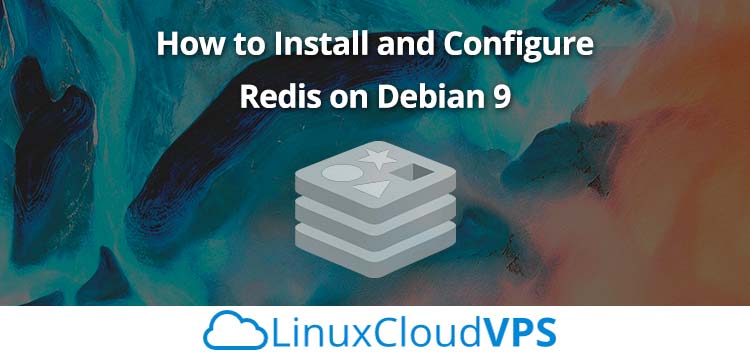Redis can be used as a key-value database or also as a cache and message broker. Some of Redis’ features are built-in transactions, replication, and support for a variety of data structures like strings, hashes, lists, sets, and so on. The Redis Sentinel makes Redis highly available and it supports automatic partitioning with Redis Cluster.

The Redis package which comes with the built in Debian repositories is pretty outdated and contains many vulnerabilities when it comes to security. To fix this in this guide, we are going to use the source version to install Redis. At the moment when this was written, the latest stable version of Redis was 4.0.10. The installation process of Redis on a Debian 9 Cloud VPS is a fairly easy task, but you have to follow the steps carefully as they are given in the tutorial below. Now let’s begin with the installation.

